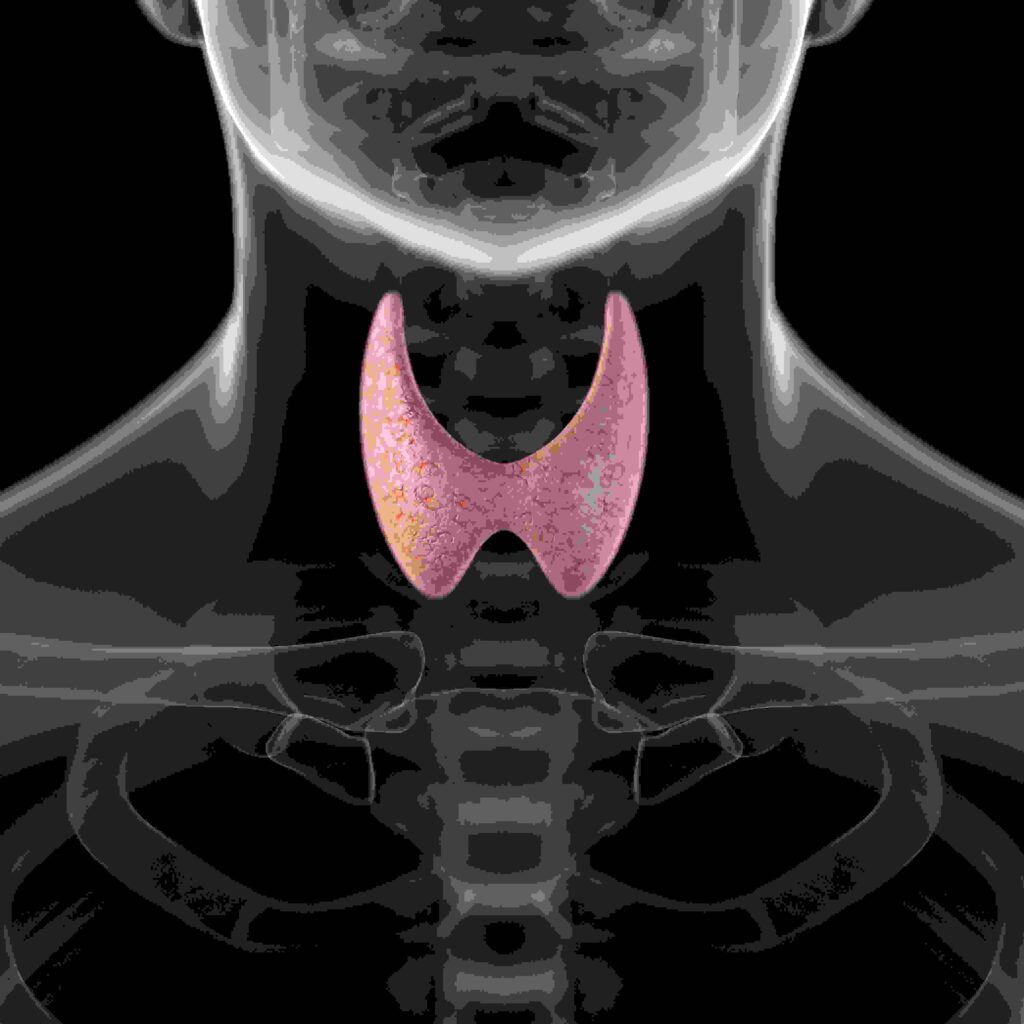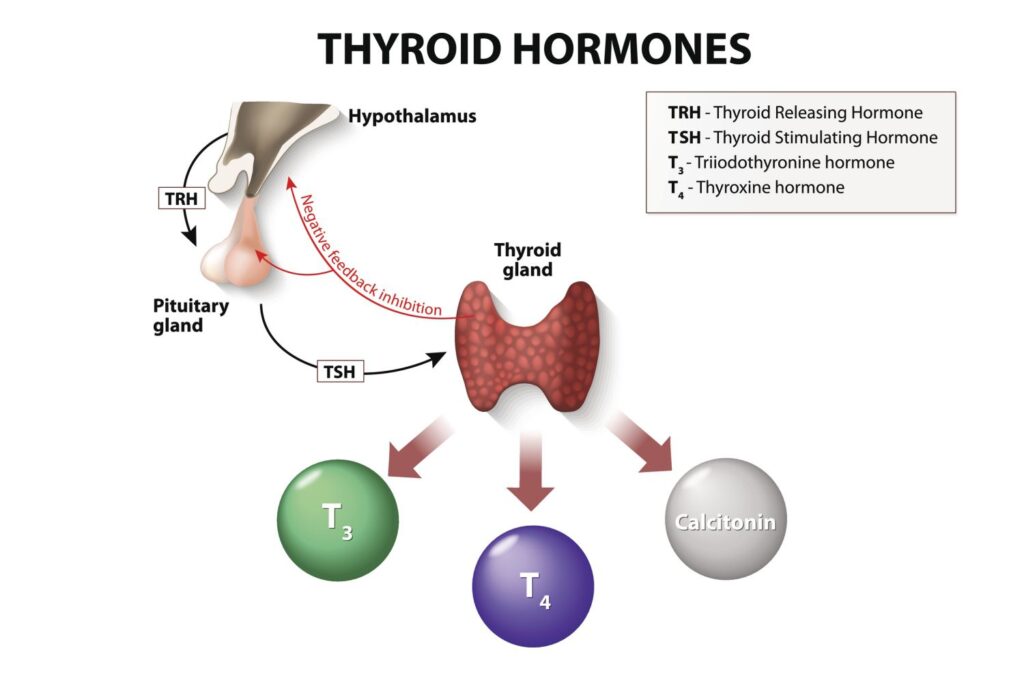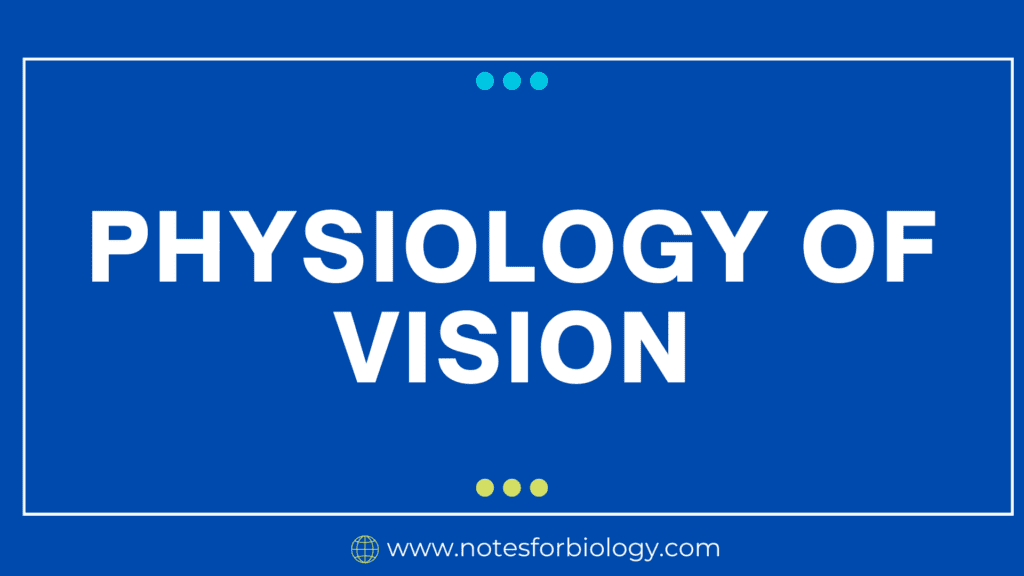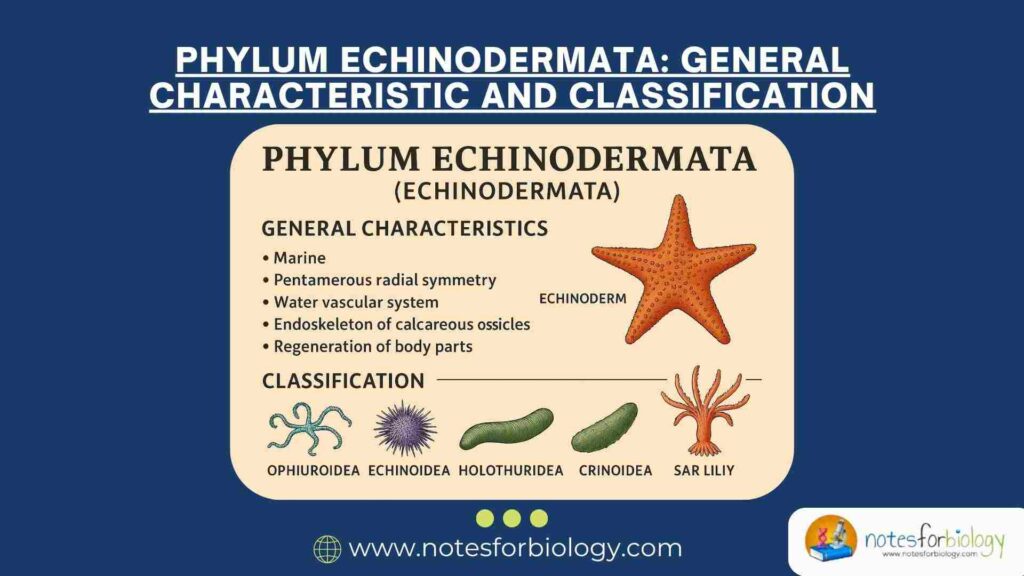1. Introduction
The thyroid gland is one of the most important organs in our body, even though it is small and light. It acts like the body’s thermostat—controlling how fast or slow everything works inside us. From your heartbeat to how quickly you burn calories, the thyroid keeps everything in balance.

It does this by producing hormones that affect nearly every cell in the body. If the thyroid works too much or too little, it can lead to many health problems.
Let’s explore this amazing gland in detail.
Table of Contents
2. Location and Shape of the Thyroid Gland
- The thyroid gland is located in the front part of your neck, just below the Adam’s apple (larynx).
- It lies over the trachea (windpipe).
- The gland has a shape like a butterfly, with two lobes (right and left) connected by a small bridge called the isthmus.
Even though it weighs only about 20–30 grams, its role in the body is powerful.
3. Structure of the Thyroid Gland

The thyroid is made up of many tiny, bubble-like units called follicles. Each follicle stores a protein called thyroglobulin, which helps in making thyroid hormones.
There are two main types of cells in the thyroid:
- Follicular cells – produce thyroid hormones T3 (triiodothyronine) and T4 (thyroxine).
- Parafollicular cells – produce calcitonin, a hormone that helps control calcium levels in the blood.
4. Hormones Produced by the Thyroid Gland
The thyroid makes three major hormones, each with specific roles:

1. Thyroxine (T4)
- Contains 4 iodine atoms.
- Most of the thyroid hormone made is T4.
- It is inactive in its original form but can be converted to T3 in the liver and other tissues.
2. Triiodothyronine (T3)
- Contains 3 iodine atoms.
- More powerful and biologically active than T4.
- Controls how your body uses energy, your heart rate, digestion, brain development, and muscle function.
3. Calcitonin
- Made by the parafollicular cells (also called C cells).
- Helps lower blood calcium levels by stopping calcium release from bones.
- Has a smaller role in humans but important in calcium balance.
5. How Thyroid Hormones Are Controlled
The production of thyroid hormones is controlled by a feedback system involving the brain:
- The hypothalamus (part of the brain) releases TRH (Thyrotropin Releasing Hormone).
- TRH tells the pituitary gland to release TSH (Thyroid Stimulating Hormone).
- TSH travels through the blood to the thyroid and tells it to produce T3 and T4.
- When enough T3 and T4 are in the blood, they signal the pituitary and hypothalamus to reduce TSH and TRH production — a process called negative feedback.
This system helps keep hormone levels balanced.
6. Functions of the Thyroid Gland
The hormones made by the thyroid gland affect almost every cell and organ in the body.
Here’s what they do:
1. Controls Metabolism
- Speeds up or slows down how the body burns calories.
- Affects weight gain or loss, body temperature, and energy levels.
2. Regulates Heart Rate
- T3 and T4 influence how fast and strong your heart beats.
- Too much hormone = fast heartbeat; too little = slow heartbeat.
3. Supports Brain Development
- Especially important in babies and young children.
- A deficiency in early life can cause mental delays or stunted growth.
4. Affects Muscles and Joints
- Helps muscles work efficiently.
- Imbalance may cause muscle weakness, cramps, or joint pain.
5. Influences Skin, Hair, and Mood
- Affects skin moisture, hair growth, and emotional balance.
- Imbalances can lead to dry skin, hair loss, depression, or anxiety.
6. Regulates Calcium (via Calcitonin)
- Helps reduce calcium in blood when it’s too high.
- Works with another gland (parathyroid) for bone health.
7. Common Thyroid Disorders
Sometimes the thyroid gland doesn’t work as it should. It can become overactive, underactive, or develop growths or swelling.
A. Hypothyroidism (Underactive Thyroid)

- The thyroid does not make enough T3 and T4.
- Most common cause: Hashimoto’s thyroiditis (an autoimmune disease).
- Symptoms:
- Fatigue, weight gain, cold intolerance
- Dry skin, constipation, depression
- Slow heartbeat
B. Hyperthyroidism (Overactive Thyroid)

- The thyroid makes too much hormone.
- Most common cause: Graves’ disease (an autoimmune condition).
- Symptoms:
- Weight loss, fast heartbeat, anxiety
- Sweating, heat intolerance, diarrhea
- Bulging eyes (in Graves’ disease)
C. Goiter
- Enlargement of the thyroid gland.
- Caused by iodine deficiency, inflammation, or hormone imbalance.
- May or may not affect hormone levels.
D. Thyroid Nodules
- Small lumps or growths in the thyroid.
- Most are benign, but some may be cancerous.
- Often found during routine exams or imaging.
E. Thyroid Cancer
- Rare but serious condition.
- May cause a lump in the neck, voice changes, or difficulty swallowing.
- Usually treated with surgery and radiation.
8. Diagnosis of Thyroid Problems
Doctors use several tests to check thyroid function:
- TSH Test – measures thyroid-stimulating hormone.
- T3 and T4 Tests – measure thyroid hormone levels in the blood.
- Ultrasound – shows size, shape, or nodules in the thyroid.
- Thyroid Scan – uses radioactive iodine to look at gland activity.
- Fine Needle Biopsy – checks for cancer in thyroid nodules.
9. Treatment of Thyroid Disorders
Treatment depends on the type of thyroid problem:
| Disorder | Common Treatment |
|---|---|
| Hypothyroidism | Thyroxine tablets (levothyroxine) – daily replacement |
| Hyperthyroidism | Antithyroid drugs, radioactive iodine, or surgery |
| Goiter or Nodules | Observation, iodine supplements, surgery if needed |
| Thyroid Cancer | Surgery, followed by radiotherapy or hormone therapy |
10. Summary Table
| Feature | Details |
|---|---|
| Location | Front of the neck, below the larynx |
| Shape | Butterfly-shaped gland |
| Main Hormones | T3, T4, Calcitonin |
| Controls | Metabolism, heart rate, growth, calcium levels |
| Major Disorders | Hypothyroidism, Hyperthyroidism, Goiter, Cancer |
| Diagnostic Tools | TSH, T3/T4 tests, Ultrasound, Scans, Biopsy |
| Common Treatments | Hormone pills, surgery, iodine therapy |
11. Conclusion
The thyroid gland may be small, but it plays a huge role in keeping your body running smoothly. It helps regulate metabolism, energy, growth, mood, and even heart rate. When the thyroid works properly, we feel energized, alert, and healthy. But when it’s out of balance, we can feel tired, anxious, overweight, or unwell.
Thankfully, most thyroid problems are easy to diagnose and treatable with proper medical care. By understanding how the thyroid works, we become better prepared to spot problems early and take control of our health.
FREQUENTLY ASKED QUESTIONS
What is the thyroid gland and where is it located?
The thyroid gland is a butterfly-shaped endocrine gland located in the front of the neck, just below the Adam’s apple. It produces hormones that control metabolism, energy levels, heart rate, and body temperature.
What hormones are produced by the thyroid gland?
The thyroid gland produces three main hormones:
T3 (triiodothyronine)
T4 (thyroxine)
Calcitonin
T3 and T4 regulate the body’s metabolism, while calcitonin helps control blood calcium levels.
Can thyroid problems be treated?
Yes, most thyroid problems are easily treatable.
Hypothyroidism is treated with thyroxine tablets.
Hyperthyroidism may require antithyroid medicines, radioactive iodine, or surgery.
Thyroid nodules or cancer may need surgery and follow-up care.
Related Articles




